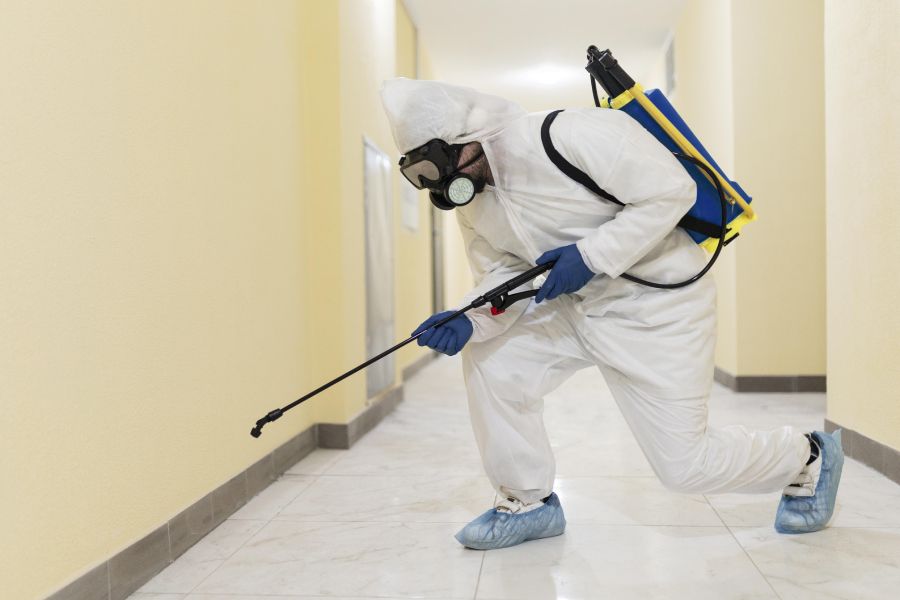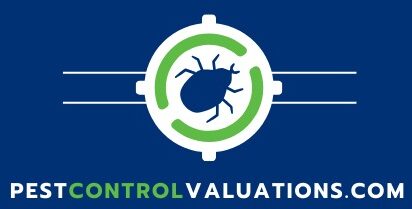How to Determine the Value of Your Pest Control Business (Part 1: Financial Aspects)

Introduction
Determining the value of your pest control business is more than just a financial exercise—it’s an essential step for long-term planning, preparing for a potential sale, or simply understanding where you stand in the competitive pest control market. Financial metrics form the bedrock of any business valuation and are critical for demonstrating your business’s viability and growth potential to prospective buyers.
In this first part of our two-part series, we’ll break down the core financial aspects that influence valuation, including revenue, profitability, recurring income, and the importance of financial documentation.
1. Revenue and Profitability
Revenue is often the first metric buyers consider when assessing a business’s value, but it’s far from the only one. While strong revenue figures can signal high demand for your services, profitability is the true differentiator that demonstrates operational efficiency and long-term sustainability.

Gross Profit Margin: Buyers favor businesses with high gross profit margins because it indicates effective cost management and pricing strategies. For pest control companies, this involves minimizing operational costs while maintaining competitive rates.
Adjusted EBITDA: Adjusted EBITDA (Earnings Before Interest, Taxes, Depreciation, and Amortization) is another key metric that removes one-time or non-operational expenses to provide a clearer picture of your business’s cash flow. This number helps buyers understand how much profit they can expect to earn from the business.
Historical Trends: Consistent profitability over several years is far more appealing to buyers than a single year of exceptional results. This consistency builds confidence in your business’s ability to weather economic fluctuations or industry challenges.

2. Recurring Revenue Streams
Recurring revenue is the gold standard in the pest control industry because it provides predictable income, reduces financial risk, and creates long-term customer relationships.
Service Contracts: Regularly scheduled pest control services—whether monthly, quarterly, or annually—are the backbone of recurring revenue. Highlight the percentage of your revenue derived from contracts versus one-off jobs to showcase income stability.
Customer Retention Rates: The average lifetime value of a customer can significantly impact your valuation. Buyers are willing to pay more for a business with high retention rates because it signals strong relationships and reliable service delivery.
Diverse Client Base: Ensure your recurring contracts include a mix of residential and commercial clients to avoid over-reliance on a single segment. Diversification can reduce risks and make your business more attractive to buyers.
3. Financial Documentation and Accounting Practices
A well-organized financial structure speaks volumes about the integrity of your business. Incomplete or inconsistent records can raise red flags for potential buyers and diminish trust in your operations.

Accurate Income Statements: Prepare detailed income statements that clearly outline revenue, expenses, and net profit. Buyers will want to understand how your business performs month-over-month and year-over-year.
Tax Returns: Provide at least three years of tax returns to validate your financial history. Tax compliance is non-negotiable and adds credibility to your valuation.
Professional Audits: Though optional, a professional audit can enhance the perceived value of your business. An auditor’s stamp of approval assures buyers that your records are accurate and complete.
Expense Documentation: Be transparent about fixed and variable expenses, such as payroll, equipment maintenance, and marketing costs. Buyers will want to understand your cost structure and identify potential savings opportunities.

Additional Factors to Consider
- Growth Projections: Highlight any ongoing marketing strategies or operational improvements that could lead to future growth. Buyers often value potential just as much as current performance.
- Industry Comparables: Research valuation multiples for pest control businesses in your area. These figures can provide a benchmark for setting realistic expectations.
Conclusion
Financial metrics are the cornerstone of your pest control business valuation. By optimizing profitability, securing recurring revenue streams, and maintaining meticulous financial documentation, you can significantly enhance your business’s value and attract the right buyer.
In the next post, we’ll explore operational and market factors that complement these financial metrics, providing a more holistic view of what determines your business’s worth. Stay tuned for actionable insights that can help you elevate your pest control company’s market value.
